In the era of rapid technological advancement, the intelligent trend is sweeping across various industries at an unprecedented pace, and the medical equipment sector is no exception, undergoing profound changes and upgrades. For the injection molding production of medical bed accessories, how to find the right direction and achieve breakthroughs in the wave of intelligence has become a key issue that many enterprises urgently need to solve. This article will delve into six technological upgrade directions, including multi-cavity mold automation and lightweight material applications. It focuses on efficient, precise, and low-carbon transformations, providing new ideas and directions for intelligent production in the injection molding production industry of medical bed accessories.
1. Collaborative Upgrade of Multi-cavity Mold Development and Automated Production Systems
Multi-cavity mold technology is a "secret weapon" for enhancing production efficiency. By cleverly setting multiple cavities within a single mold, multiple precision accessories can be molded simultaneously, greatly improving production efficiency. Taking the intelligent transfer bed bracket as an example, after adopting multi-cavity mold technology, its production capacity has increased by as much as 300%. The key to this technology lies in the intelligent design of the mold and its deep integration with the automated production system.
In terms of mold design, advanced CAE simulation analysis technology is used to optimize the gate layout precisely, effectively avoiding deformation problems caused by stress concentration and ensuring that each molded accessory meets high-quality standards. In terms of automation integration, the multi-cavity mold achieves perfect linkage with robotic arms. The robotic arms can accurately pick parts from the mold, significantly reducing manual intervention. This not only improves production efficiency but also increases the yield rate to 99.6%, bringing significant economic benefits to enterprises.
2. Innovative Breakthroughs in Composite Injection Molding Processes for Lightweight Materials
With the increasing demand for lightweight intelligent transfer beds, the application of medical-grade materials has become a new trend in the industry. Among them, lightweight materials such as medical PEEK + carbon fiber composites are highly favored. To fully leverage the advantages of these materials, the composite injection molding process is also constantly innovating and breaking through.
Microcellular foaming technology is a major highlight. Through supercritical fluid-assisted molding, it can reduce the material density while maintaining the structural strength, achieving a perfect combination of lightweight and high performance for the accessories. In addition, thin-wall design is also an important innovation. By reducing the wall thickness of the accessories from 2mm to 0.8mm, a 45% weight reduction of the accessories has been successfully achieved, further meeting the lightweight requirements of intelligent transfer beds.
3. Dual Guarantees of Silence and Precision for the Demand of Non-sensory Transfer
In the scenario of non-sensory patient transfer, the injection molding production of medical bed accessories needs to balance functionality and low noise, providing patients with a more comfortable and safe transfer experience. To achieve this goal, high-precision mold flow control and sensor embedded injection molding technologies have emerged.
High-precision mold flow control technology can control the mold temperature fluctuation within a range of ±0.5℃, effectively reducing friction noise caused by shrinkage and ensuring silent operation of the accessories during transfer. The sensor embedded injection molding technology integrates pressure sensors into the bed body latches, enabling real-time monitoring of the connection status. Once an abnormal situation occurs, it can promptly issue an alarm, ensuring the safety of the transfer process.
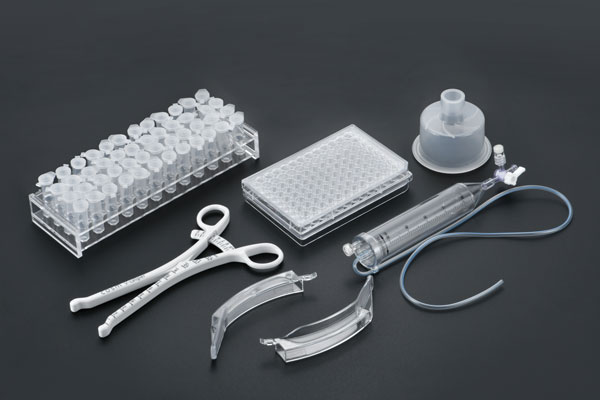
4. Upgrade of Dynamic Response Technology for Intelligent Temperature Control Systems
Temperature control is a crucial link in the injection molding production process, directly affecting the quality and production efficiency of the accessories. By combining the mold temperature controller with IoT technology, a significant breakthrough in temperature control accuracy of ±1℃ has been achieved.
Zonal temperature control technology can independently regulate different areas of the mold, effectively solving the problem of sink marks at the joint surfaces of thick and thin parts and improving the surface quality and dimensional accuracy of the accessories. At the same time, based on real-time feedback of production data, the system can automatically optimize process parameters, reducing energy consumption by 18% and achieving the goal of energy conservation and emission reduction.
5. In-depth Application of AI Visual Quality Inspection and Big Data Traceability Systems
In the injection molding production of medical bed accessories, quality inspection is of utmost importance. The defect detection system based on deep learning can identify defects at the 0.02mm level, such as weld lines and flash, greatly improving the accuracy and efficiency of inspection.
Multi-spectral imaging technology can detect internal microbubbles in transparent parts through simultaneous UV/X-ray scanning, further ensuring the quality of the accessories. In addition, the application of the blockchain traceability system enables the uploading of full-process data from raw materials to finished products onto the chain, meeting the compliance requirements of the medical industry and providing a reliable guarantee for product quality traceability.
6. Energy Closed-loop Management Scheme for Low-carbon Production
In today's world where environmental awareness is increasingly strong, low-carbon production has become an inevitable choice for the injection molding production industry of medical bed accessories. Combining the ESG requirements of the medical industry, constructing a full-cycle low-carbon scheme of "injection molding - recycling" is of great practical significance.
The waste material online pelletizing technology can directly return the crushed materials to the injection molding machine, achieving a material utilization rate of 97% and greatly reducing the waste of raw materials. The waste heat cascade utilization technology can recover the waste heat from the mold clamping hydraulic system to preheat the drying cylinder, realizing the recycling of energy, reducing production costs, and also minimizing the impact on the environment.
In conclusion, these six technological upgrades take intelligence as the core, integrating material innovation, intelligent quality control, and low-carbon concepts, jointly promoting the injection molding production of medical bed accessories towards high precision and low energy consumption. These technological upgrades not only bring new development opportunities to the injection molding production industry of medical bed accessories but also lay a solid manufacturing foundation for the intelligent transformation of the medical industry. It is believed that in the future, with the continuous development and improvement of these technologies, the injection molding production industry of medical bed accessories will embrace a brighter future.
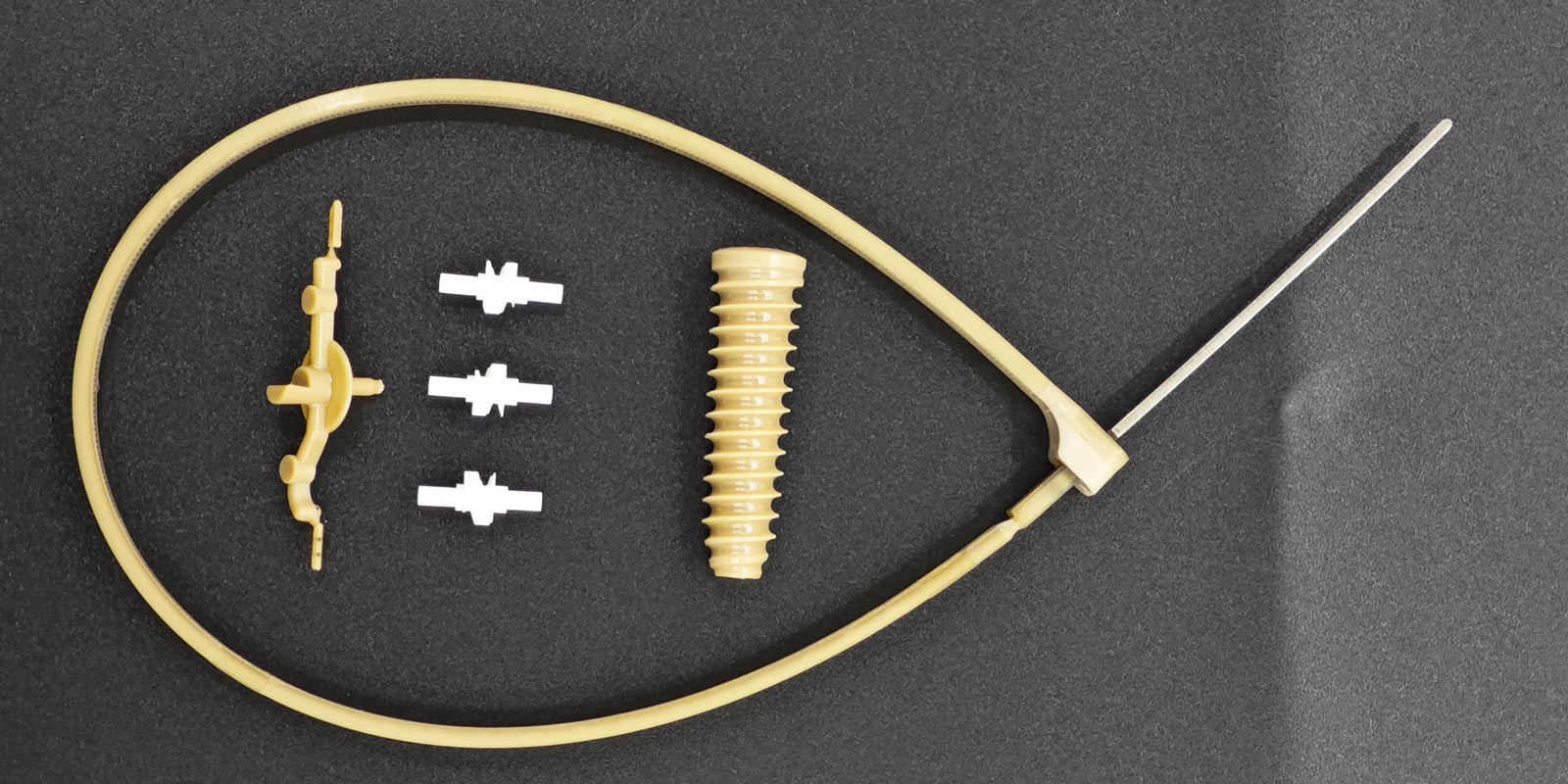
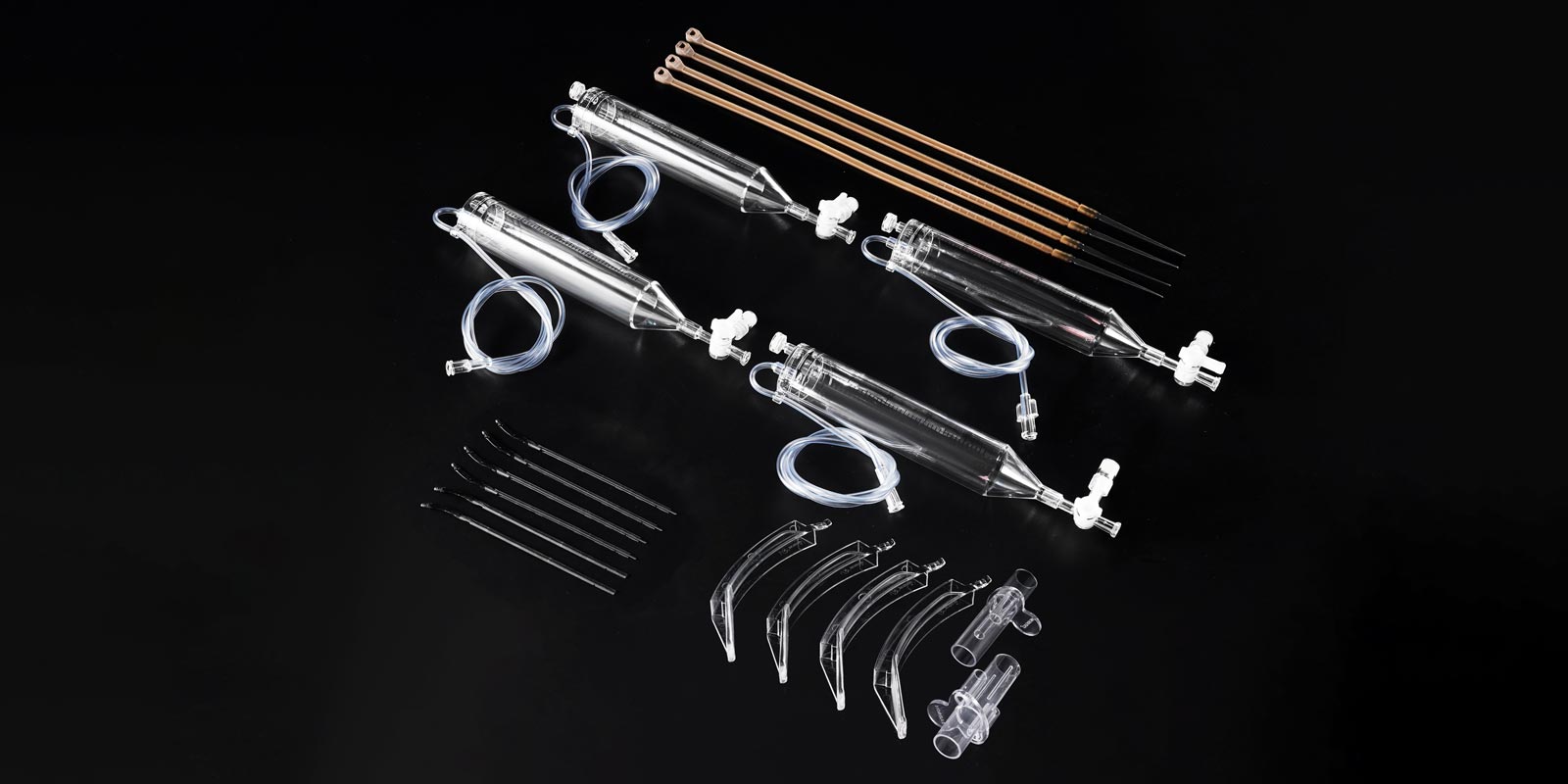
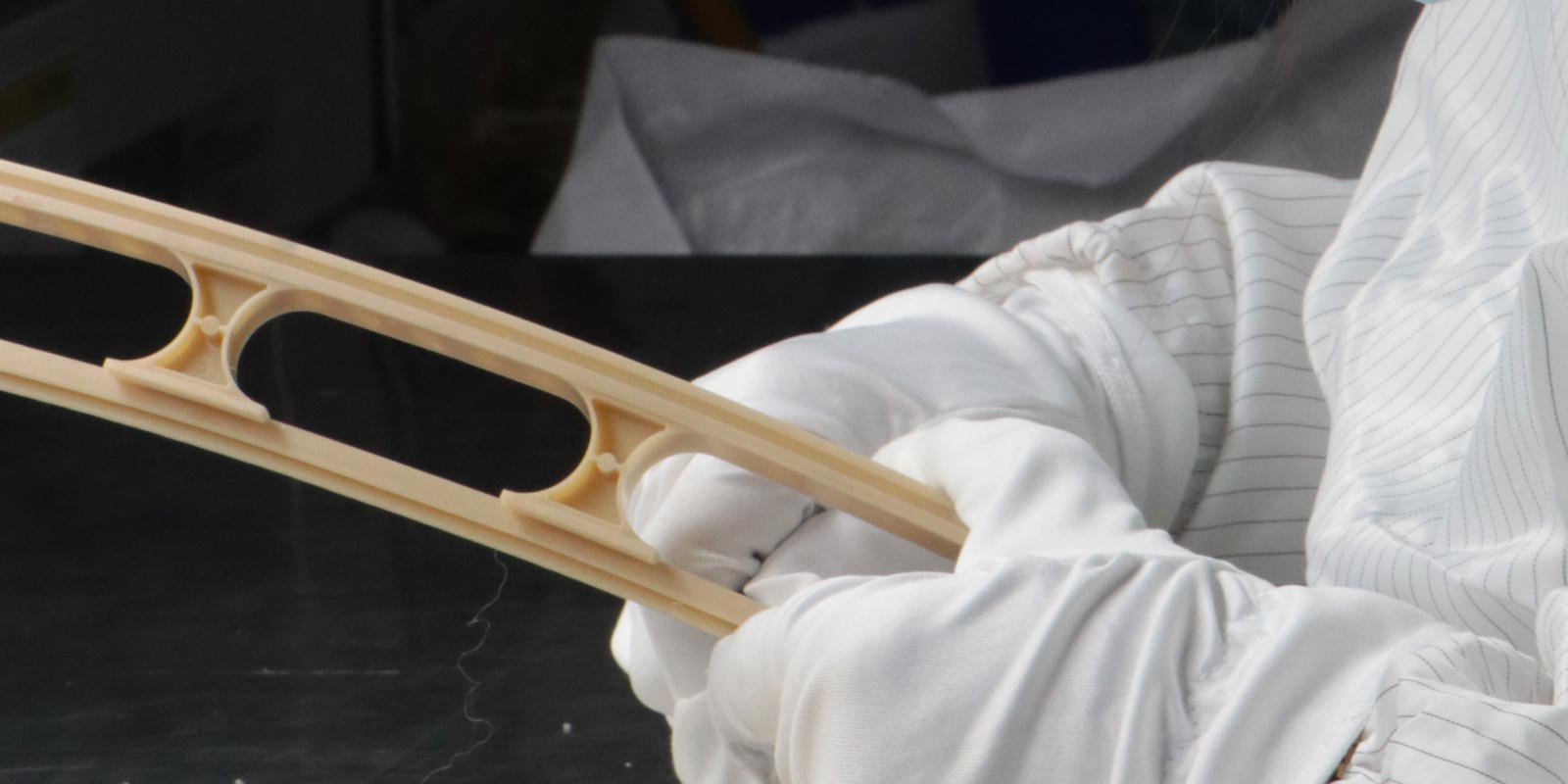
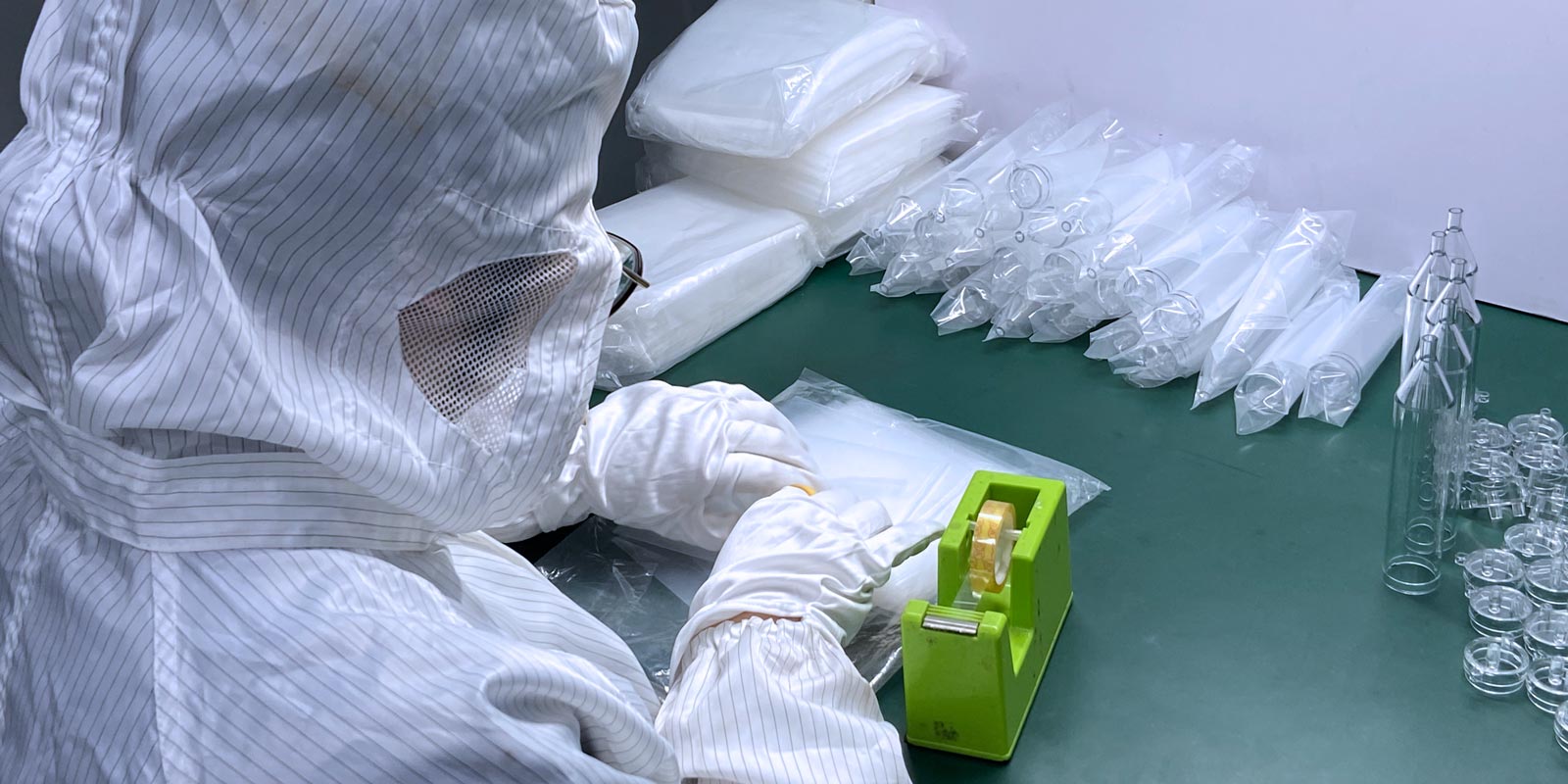
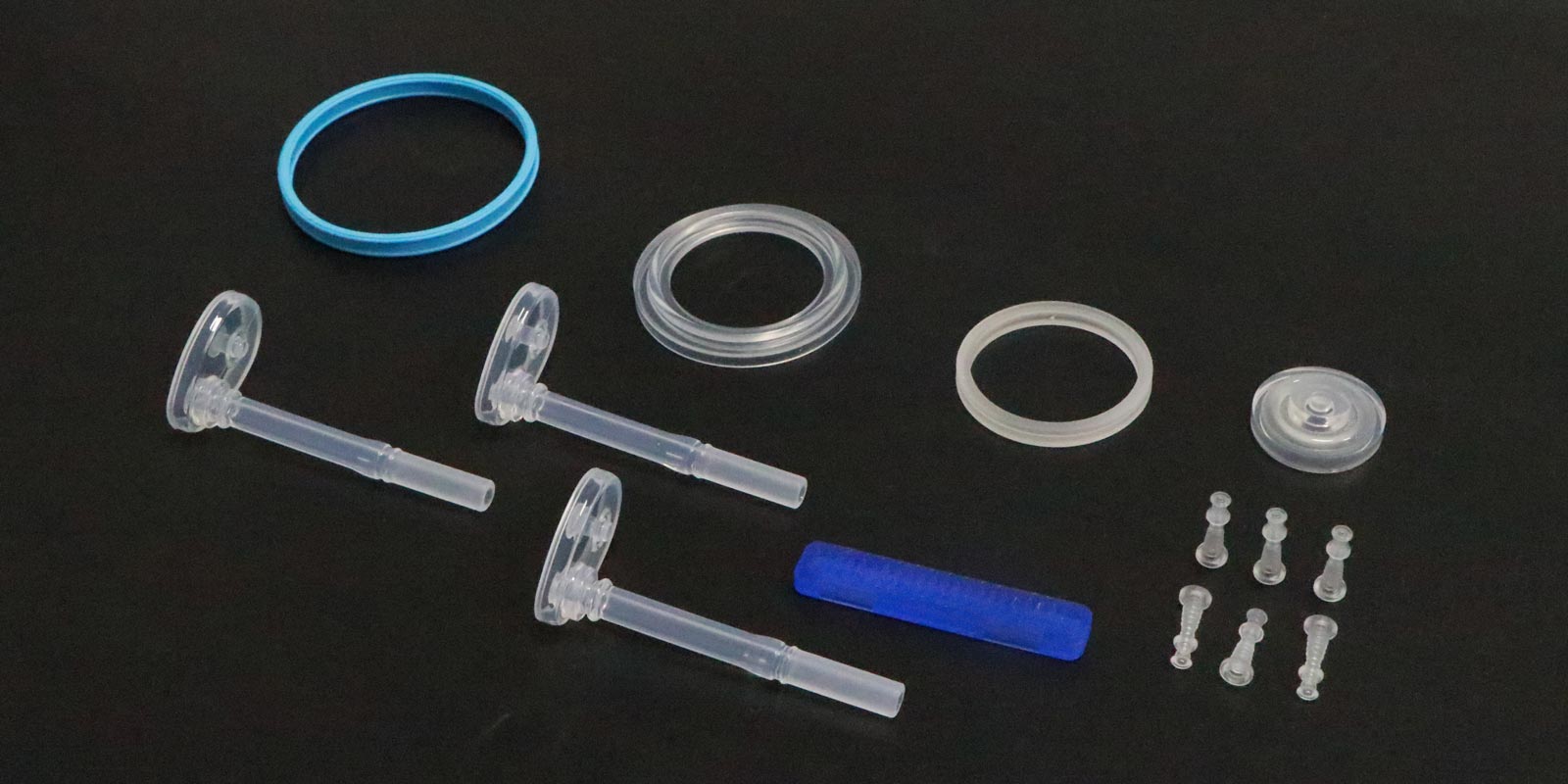
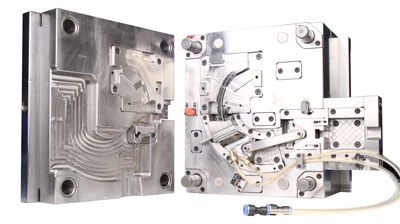
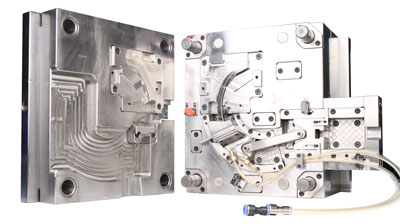
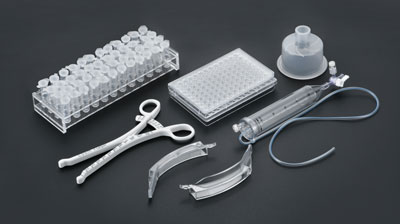
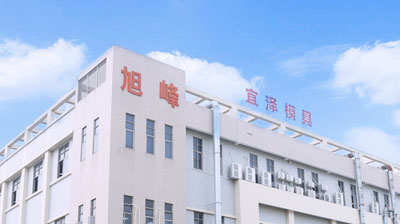







 Home
Home
